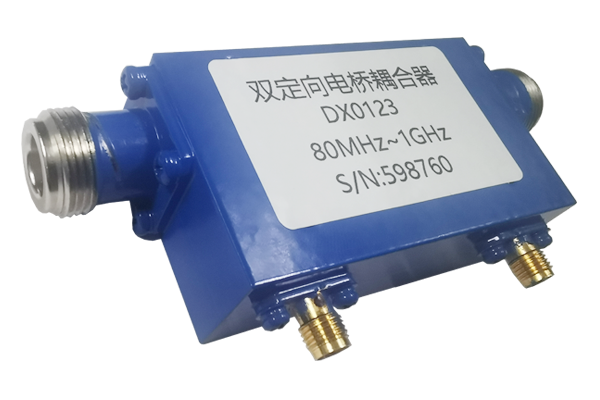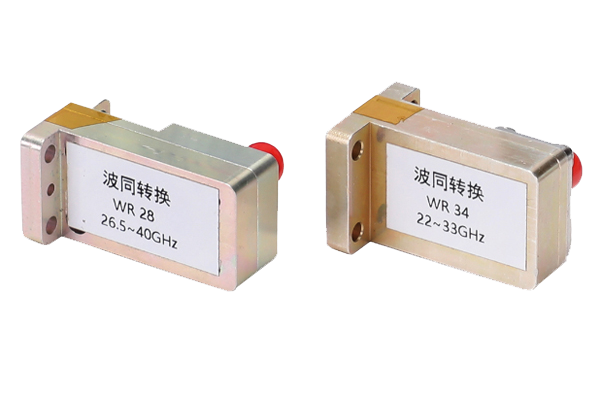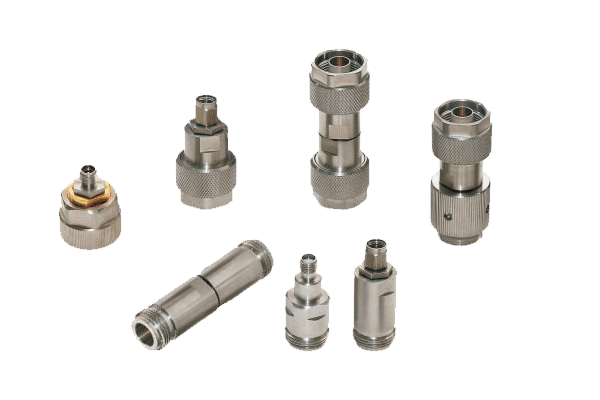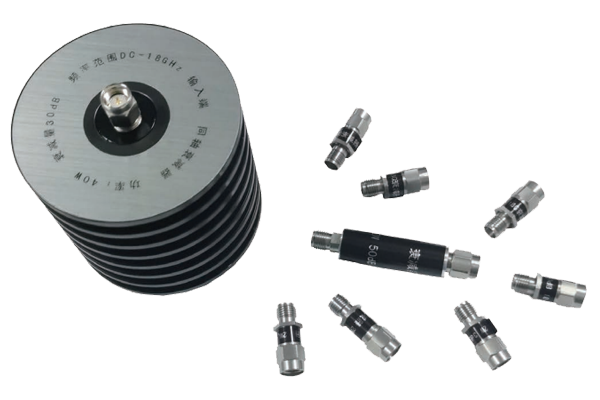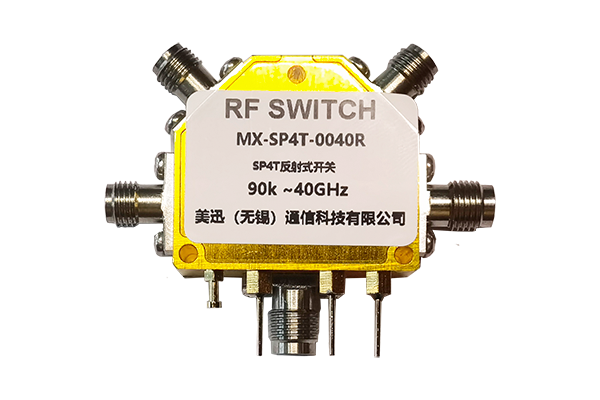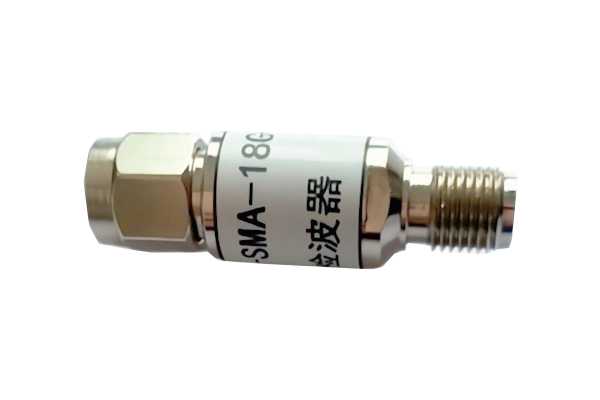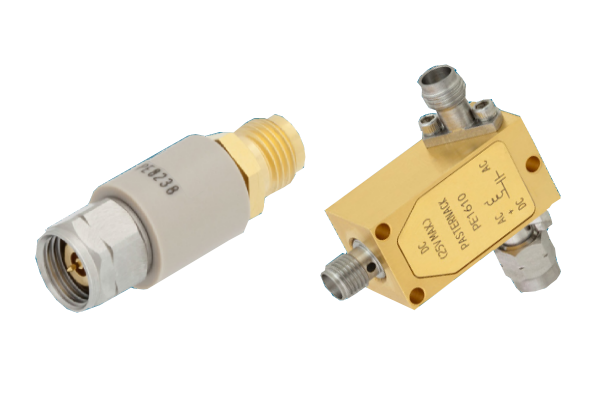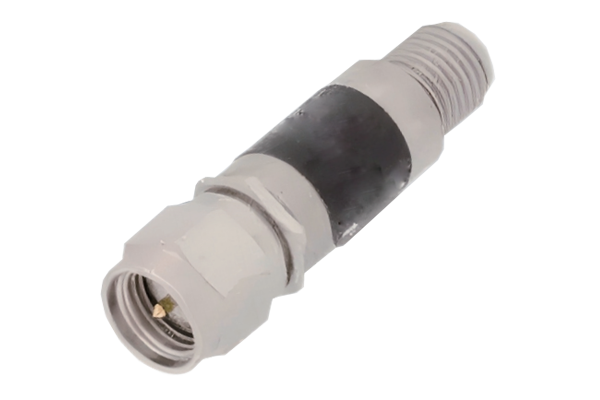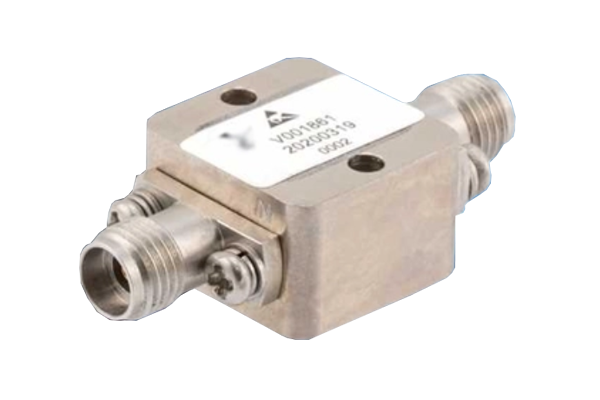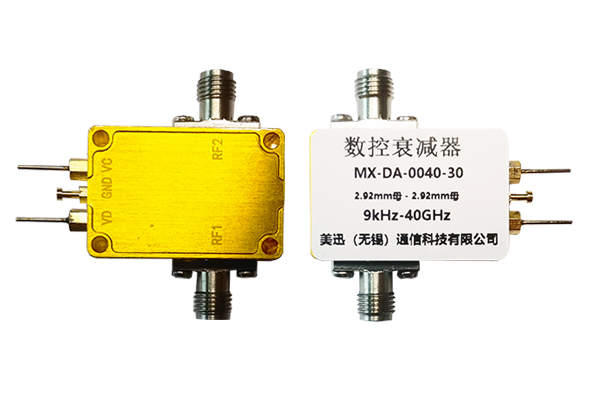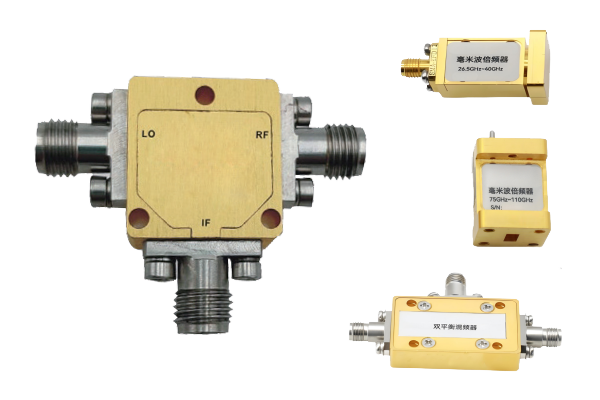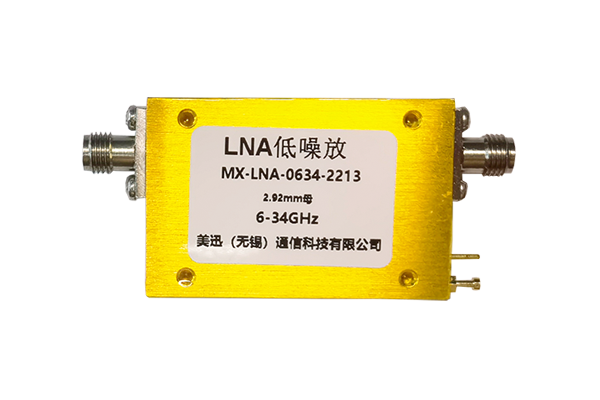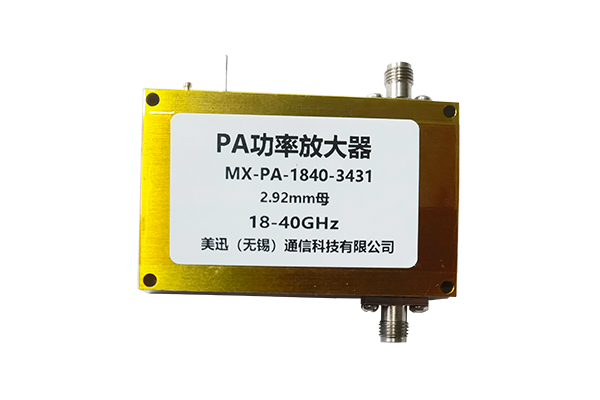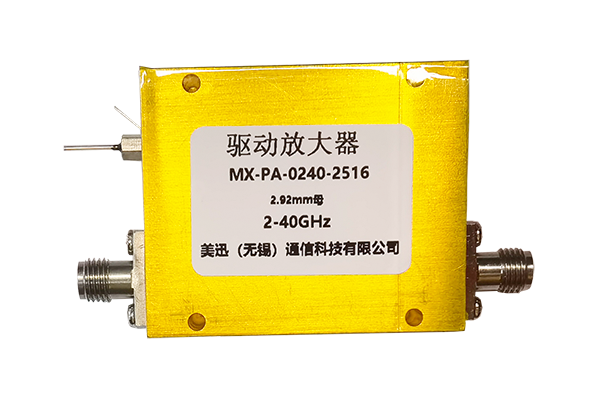How does the power rating of an amplifier matter
Understanding Amplifier Power Ratings
The power rating of an amplifier, typically measured in watts (W), is a critical specification that directly influences its performance, compatibility with speakers, and suitability for different applications. Understanding its significance helps users make informed decisions and avoid potential issues.
1. Determines Volume and Headroom
- Higher wattage enables louder volume for large venues or outdoor events
- Doubling power only increases volume by ~3 dB (non-linear relationship)
- Headroom prevents distortion during audio peaks (e.g., drum hits)
2. Speaker Compatibility and Safety
-
Underpowering (e.g., 30W amp with 100W speakers):
- Causes distortion and reduced clarity
- Amplifier struggles to drive speakers
-
Overpowering (e.g., 200W amp with 50W speakers):
- Risks overheating voice coils/cones
- Potential speaker damage during prolonged use
3. Efficiency and Energy Consumption
- Higher ratings typically consume more energy
-
Efficiency varies by amplifier class:
- Class D: More efficient (e.g., 200W draws less than 100W Class A)
- Ideal for portable/energy-conscious systems
4. Application Suitability
- Home Audio: 50–100W/channel for medium rooms
- Car Audio: 100–500W to overcome road noise
- Professional: 500W+ for large venues and speaker arrays
5. System Design and Cost
-
Higher-power amps are:
- Larger and heavier
- More expensive (robust components required)
-
Balance power needs with:
- Budget constraints
- Available space
- Application requirements






